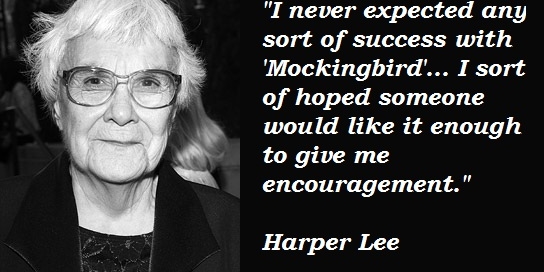I had lunch recently with a longtime client, a CEO whose sales force had cut its teeth years ago on six critical skills (Presence, Relating, Questioning, Listening, Positioning, and Checking) that they learned in one of my courses. He and I agreed that, despite all the changes in how customers buy, the six critical skills are still valid.
On the other hand, we agreed that the application of the skills is another matter entirely. The essence of the skills has not changed, but the world has. How can we apply the critical skills today—or five years from now?
When I founded Richardson, I used the six skills as the dialogue thread that connected all of our programs. But that was then and this is now. It’s time for the rebranding of the skills.
The challenge, for many salespeople, is how to execute the skills for success in the new sales environment – today and in the future. The good news is that effective execution of the skills at the highest level is not just for the sales stars. Mastery is there for all for the effort.
Let’s look at the skills rebranded:
Presence – Presence is a way to engender confidence in your buyers through how you position yourself in person, on the phone, or online. But today it has the dimension of branding. Presence is still communicated through things such as demeanor and body language, but now it includes creating an online presence, which is quite a different thing… It requires demonstrating the executive presence needed to deliver insights and change the status quo.
Relating – Today it is necessary to form connections – not only with multiple decision makers and influencers in a department, but across channels. And not only through personal and business shared interests, but with a message of transparency. It is a first step toward gaining customers’ trust and giving them yours. Connecting goes beyond face to face and telephone rapport – it includes things such as the empathy you show in social media, the relationships you foster on LinkedIn, and the friends you have on Facebook.
Questioning – Questioning, in the past, was a matter of deep probing to gain information and insight. Questioning is more important than ever, but it is very different. Today, smart questioning is in part education to share insights as you elicit information. It is your ability to ask smart questions that reflects a real understanding of your customer’s world, that signals if customers answer you will bring value to them, and that lets you uncover the information you need to deliver priority business outcomes. The availability of more information online narrows the scope of the questions it makes sense to ask, and raises the quality of the questions you ask.
Positioning – What you position has changed. Positioning has to do with Messaging today that shows you understand what your customers value. It includes research, insights, ideas, knowledge, success stories, your point of view, and what you’ve learned from your probing, as well as product characteristics. The big change is that in the “old” days, positioning was customizing your product story to the customers’ needs. Now the message you is all about the business outcome produced by your customized solution and validating the need for change…
Listening – Listening has always been important. Think about listening today as close listening. It is your ability to be mindful in the moment, so that you can demonstrate attention and gain full comprehension of what your customer has shared with you. One of the best ways to get close to anyone is to listen to him or her. Today you need to “listen” – not only in real time dialogue, in person or on the phone, but to “listen” to things such as the voices your customers are listening to on social networks, and listening to text messages for what is shared between the lines.
Checking – Checking is the ability to ask for feedback, on what you have said in a sales call, to gauge how your customer(s) is responding. The advent of social media makes it necessary to check-in – not just in-person conversations and phone calls, but in dialogues that occur on multiple social platforms and with many more stakeholders across divisions. The challenge is to maintain some channel for one-on-one communication, as well as on-line channels, to understand where you stand.
With adaptation, these skills can be yours. In my next blog, I will take a deeper dive into skill mastery.





















